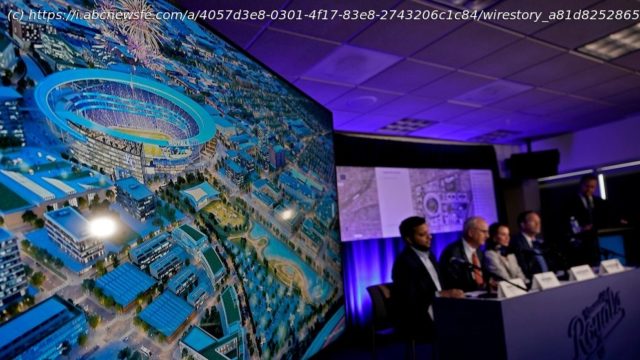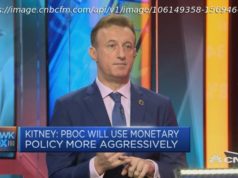Proposals for new and improved sports stadiums are proliferating across the U.S. and could come with a hefty price tag for taxpayers
Standing on a portable stage erected at home plate of the Milwaukee Brewers ballpark, Wisconsin Gov. Tony Evers recently praised the professional baseball team as an “essential part” of the state’s “culture and identity” and “economic success.”
With fanfare, Evers then signed off on $500 million in public aid for the stadium’s renovation, adding to a remarkable run of such blockbuster deals. This year alone, about a dozen Major League Baseball and National Football League franchises took steps toward new or improved stadiums.
A new wave of sports facility construction is underway. One driven, in part, by a race to keep up with rivals and one that could collectively cost taxpayers billions of dollars despite skepticism from economists that stadiums boost local economies.
Though the Brewers primarily cited a need for repairs, many of the other new projects are much more than that. In some cases, sports teams are even seeking a new jolt of public funding for state-of-the-art stadiums while public entities are still paying off debt from the last round of renovations a couple of decades ago.
“These facilities are not physically obsolete. It’s not as if the concrete is falling down and people are in grave danger if they attend a game,“ said Rob Baade, a retired economics professor at Lake Forest College in Illinois.
“Teams are clamoring for new stadiums because it’s in their economic interest to do so,“ Baade said, adding, “The new stadium model is one that spills over the stadium walls.“
New or improved stadiums provide team owners with fresh revenue opportunities from luxury suites, dining, shopping and other developments, especially for those who control the nearby area.
For many, Los Angeles Rams owner Stan Kroenke is the model: His $5 billion football stadium opened in 2020 as the centerpiece of a sprawling development that will feature apartments, offices, retail stores, public parks and a theater.
The difference, however, is that Kroenke is privately financing the project, after uprooting the Rams from a publicly funded stadium in St. Louis that was still being paid off.
The Kansas City Royals in August unveiled two options for a new $1 billion baseball stadium as part of an overall $2 billion development. The Tampa Bay Rays followed suit in September, unveiling plans for a $1.3 billion baseball stadium as the centerpiece of a $6.5 billion development in St. Petersburg, Florida, that also features housing, retail stores, restaurants and bars and a Black history museum.
They joined the Jacksonville Jaguars, the Buffalo Bills and the Tennessee Titans, all of whom announced plans for or began construction on new billion-dollar football stadiums with luxury amenities.
Start
United States
USA — mix Plans abounding for new sports stadiums across the US, carrying hefty public...






